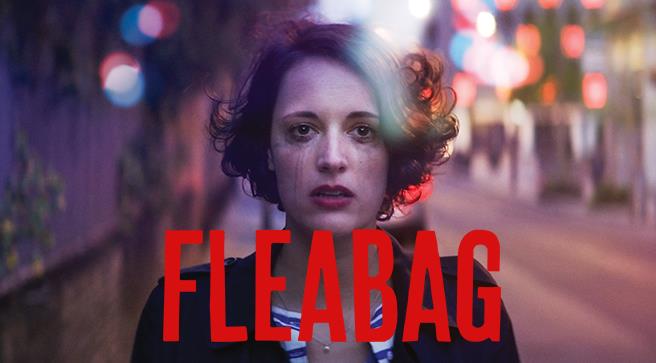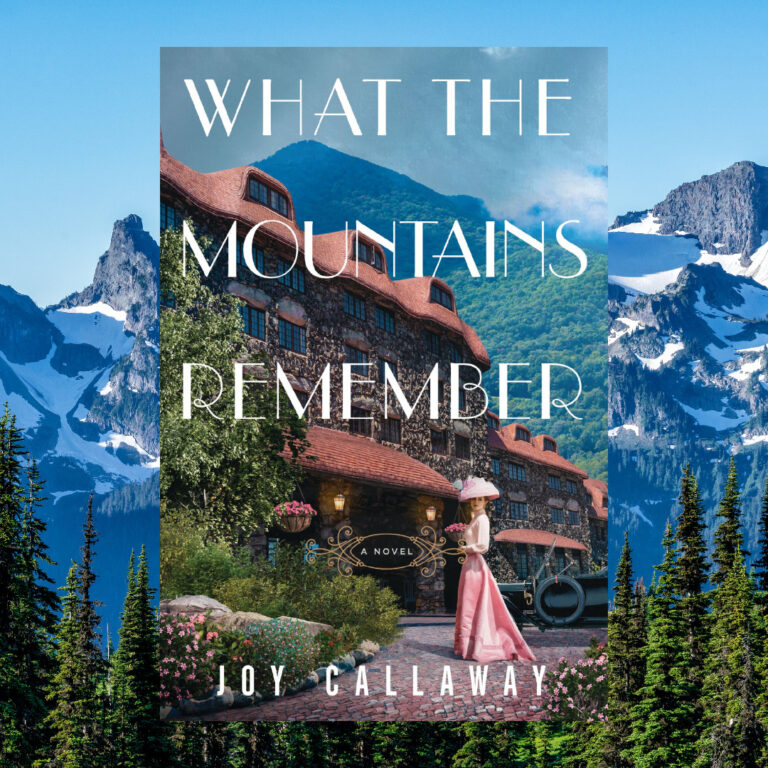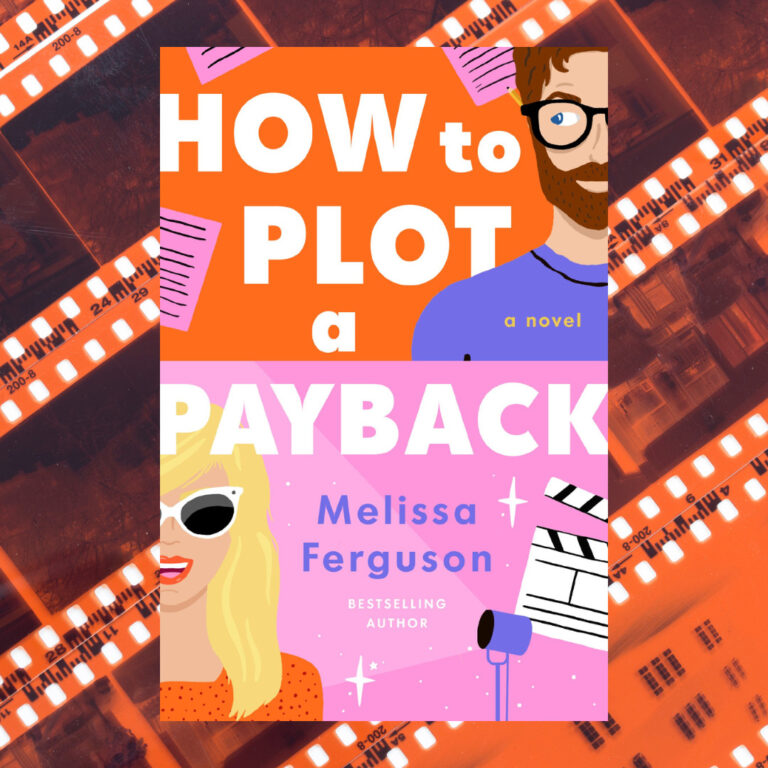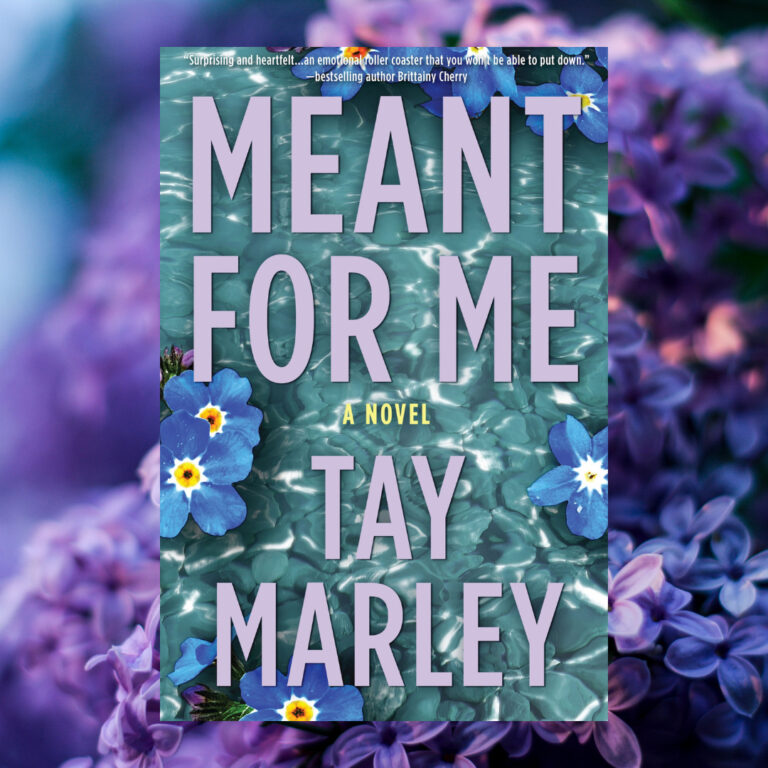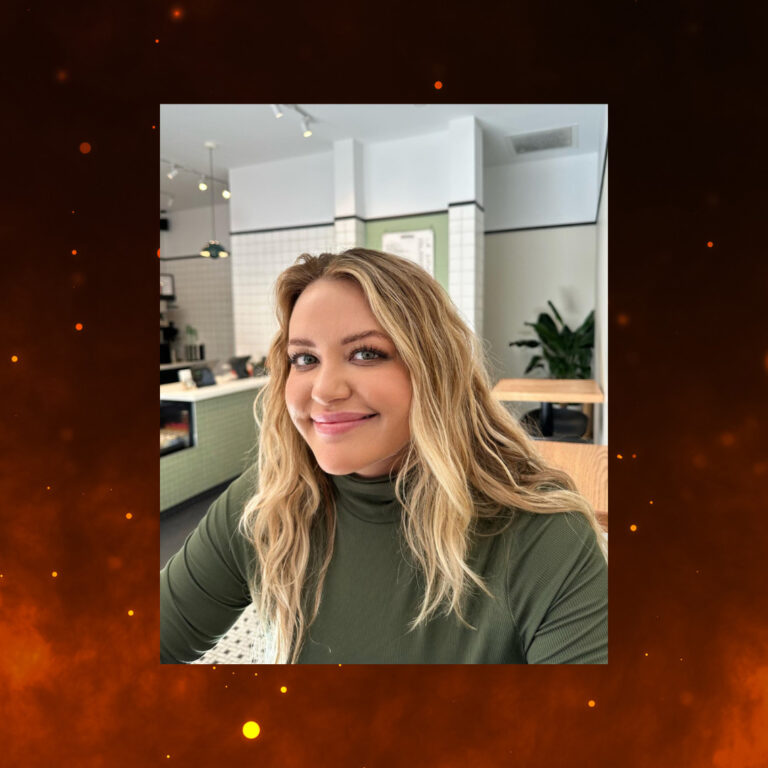Seemingly overnight, an unexpected change happened in my Twitter timeline. Basically everyone on the internet whose critical media tastes I trust became wrapped up in Fleabag fervor. If enough voices on the internet shout the praise of a piece of pop culture, it tends to be worth checking it out.
And now I am part of the ever-expanding Fleabag fandom. Add my voice to the chorus of folks who are begging people to watch this short, amazing show.
Before we dive in, let’s acknowledge that just like any show, Fleabag is perfect for many people, but not everyone. If you’re squeamish about grief, depictions of not-that-great sex that people have just for the heck of it, or secondhand embarrassment in general, this may not be for you. But for everyone else: dive in!
Fleabag, which airs on Amazon Prime, follows a woman in her early thirties. Her character is also only known to the viewer as “Fleabag,” though no one calls her that out loud. The first season follows her through the months following the death of her best friend, Boo, with whom she co-owned and ran a café.
Furthermore, she’s coping with some strange family dynamics with her sister, a brother-in-law with a crass and ugly personality, her widowed Dad who is uncertain about how to be a good parent to an adult daughter, and her aloof, artsy and annoying Godmother-turned-stepmother.
Each season is just six episodes, so it’s the kind of thing you can binge over a day or two. That said, there are so much amazing dialogue, surprising turns and deep emotions to unpack that I heartily recommend trying to space it out a couple of episodes at a time. Let it marinate in your mind. Savor it like a fine wine. You will miss it when it’s gone (Full disclosure: I did not take my own advice and shotgunned the 12 episodes in a couple of days. You cannot be blamed if you follow in my footsteps).
There are a zillion things to unpack about this quirky little piece of television, and many other critics like Vulture’s amazing Kathryn VanArendok have done deep dives to explore the intricacies of each episode. But I’m here to share a handful of compelling reasons to give Fleabag a watch next time you’re looking for a new television show.
Fourth Wall Breaking For The Win
Fleabag’s most distinct quality is its consistent, nay, constant breaking of the fourth wall. The show is unique, because it is told solely from the perspective of its main character, following her around at all times. And there will be frequent asides during which Fleabag, played by Phoebe Waller-Bridge, looks directly into the camera to address viewers about what’s going on.
These addresses could be full-on mini-monologues about the person she’s sleeping with or the family member whose idiosyncrasies fascinate her. They could be a quick interjection made just to the audience to contradict something she’s said out loud to another character. And, perhaps most often, these fourth-wall-breaking asides take the form of a simple look to the camera, meant to clue viewers into Fleabag’s emotional state.
If you’re at all like me and came of age during the era of Sex and the City, perhaps you remember these same kinds of “talk to the camera” segments that Carrie used to do in the first two seasons. They basically never worked, and it makes me cringe a bit when I rewatch them.
But Fleabag manages to avoid that awkwardness trap because, unlike Carrie Bradshaw’s asides, each moment of connection to the viewer is awash in sincerity and character depth. All of these moments add cumulative nuance that make Fleabag can’t-miss television.
I’m still of two minds about how we’re supposed to understand Fleabag’s relationship to its viewers in these asides. My latest theory is that the audience is some sort of manifestation of personified grief: an amalgamation of Boo and Fleabag’s mom and the true self she would show them if only they were there. On the other hand, it could be a simple format, the way Parks and Recreation or Modern Family adopted a mockumentary style for convenience of storytelling.
Whatever the reasoning for including this touch, Fleabag’s direct approach to the camera helps the audience achieve a deeper understanding of the main character and the emotional stakes in each episode.
Hot Priest Is Hot
Look, I’m not exactly proud of this, but part of what got me to check out Fleabag were the internet insinuations that there was a “hot priest” storyline.
This was also timed with my decision to read the eighth book in Tiffany Reisz’s Original Sinners series. How could I resist?
Fans of Reisz’s work or Sierra Simone’s Priest are familiar with the way a hot-priest-who-I-am-attracted-to storyline can become some romance catnip. It’s the Forbidden Love trope taken to the max!
Fleabag’s second season involves a major story arc in which the main character becomes friends with a young, hip, canned gin and tonic-drinking priest. Soon she’s falling for him, and it’s easy to understand why. It’s obvious that he perceives her in a way no other character has since the show began. In fact, there’s a special surprise in the middle of the second season that makes it abundantly clear that he sees her just as she is.
The Priest isn’t the only reason to check out Fleabag, but his inclusion in the character’s life makes it seem like she may have finally met her match for neuroses, humor and general perception of the world. It’s an absolute treat, even if the emotions run high as a result.
Phoebe Waller-Bridge Is A Badass
Out of the multitude of reasons to give Fleabag a shot, one of the most compelling is that its creator and star, Phoebe Waller-Bridge is force to be reckoned with in today’s media world.
She infuses Fleabag with a sense of humor that is clearly her own, with characters who are trying and failing to be “perfect” feminists, quirky dialogue, and specific verbal tics that make her world feel truly lived in. This alone would be an incredible achievement from someone who was making her name in media.
Beyond that, though, she is the creator of the critically acclaimed television show Killing Eve, which is packed with a thousand percent more suspense but maintains the feminine charm of Fleabag. Incidentally, Killing Eve is also airing its second season right now!
And as if that weren’t enough, she’s been getting cool parts like playing a droid in Solo: A Star Wars Story and has reportedly been hired to punch up the script for the next James Bond movie with her own special brand of relatable humor!
All this, and she’s only 33 years old! She is an unstoppable force, so trust me: get into Fleabag now, because her star is certain to keep rising and you’re going to want to say you knew her work back in the day.

